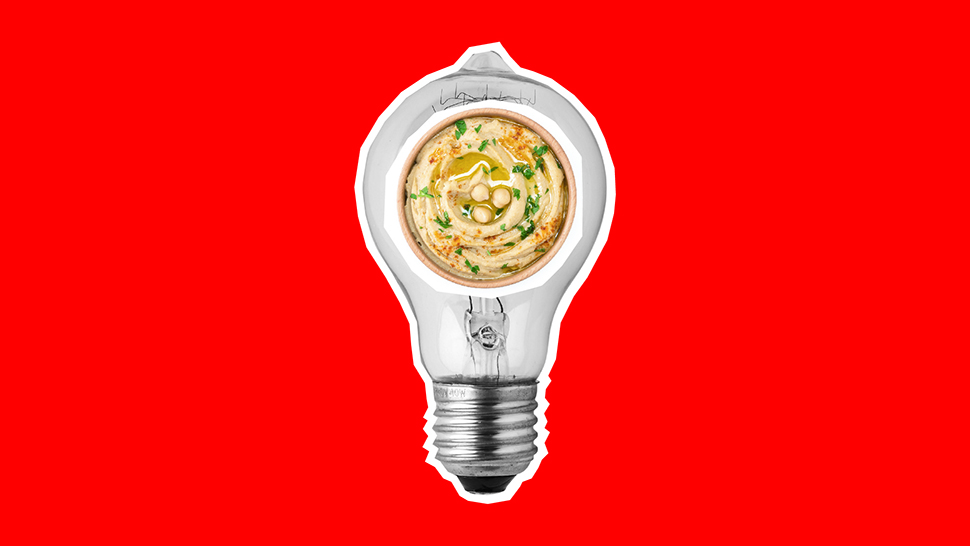
Did you know that your everyday food choices affect your carbon footprint? Your carbon emissions footprint from food varies depending on the food choices you make each day. Generally, producing animal-based foods like beef, lamb, and dairy products creates more carbon emissions than plant-based foods like beans, legumes, and whole grains – and is why shifting to a diet centered on plants is one of the most impactful ways to combat climate change.
Flipping the switch from animal- to plant-based food can make a sizable impact on your daily carbon footprint – even for just one day! We’ve come up with eleven easy and delicious plant-based food switches to flip throughout your day to reduce your footprint.
For Breakfast:
- Switch dairy milk (33 g CO2e) to oat milk (14 g CO2e) in your daily cup of coffee.
- Switch from a bacon, egg, cheese sandwich (1,097 g CO2e) to avocado toast (321 g CO2e).
- Switch cereal with dairy milk (268 g CO2e) to cereal with oat milk (110 g CO2e).
- Switch from a bagel with cream cheese (270 g CO2e) to a bagel with peanut butter (54 g CO2e).
For Lunch:
- Switch roast beef sandwich (4,689 g CO2e) to a turkey sandwich (499 g CO2e).
- Switch from a sandwich with cheese (493 g CO2e) to a sandwich with an avocado spread (94 g CO2e).
- Switch from a salad topped with chicken (499 g CO2e) to a salad topped with tofu (199 g CO2e).
For Dinner:
- Switch from a grilled beef burger (4,689 g CO2e) to a grilled chicken sandwich (499 g CO2e).
- Switch from a bacon topping on your soup or salad (279 g CO2e) to beans (48 g CO2e) or vegetables (29 g CO2e).
- Switch beef chili (2,439 g CO2e) to vegetarian chili with beans (190 g CO2e).
- Switch beef stir fry (4,689 g CO2e) to chicken stir fry (499 g CO2e).
CO2e is used to describe the amount of greenhouse gases emitted throughout a food’s entire life cycle. This includes the materials used for growing, like fertilizer, farming of livestock and land used to grow animal feed, energy from transporting, processing, and cooking. The word ‘equivalent’ is used because carbon dioxide (CO2) is being measured, not all greenhouse gases. Learn more about what carbon emissions that come from food are here.